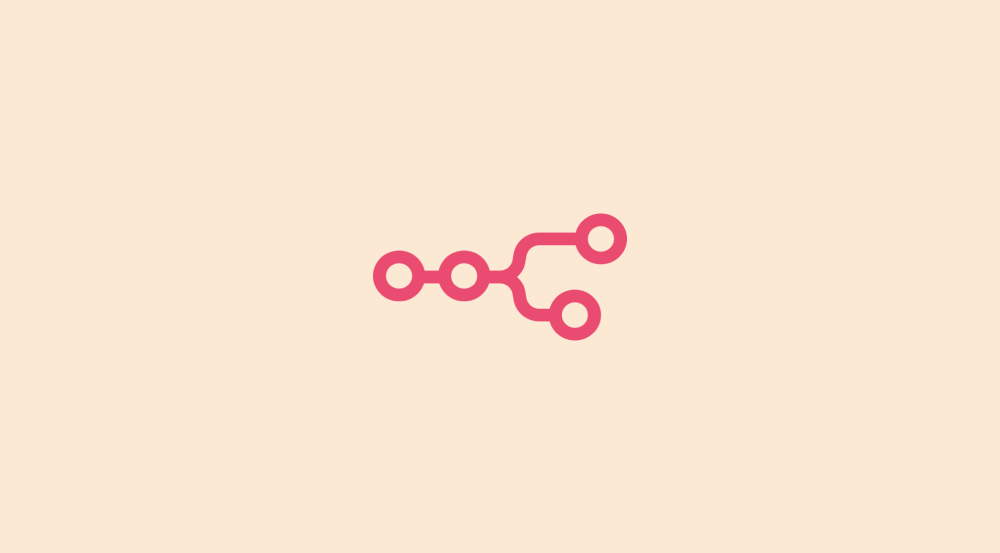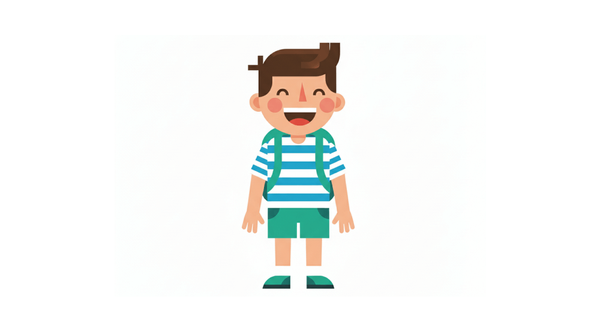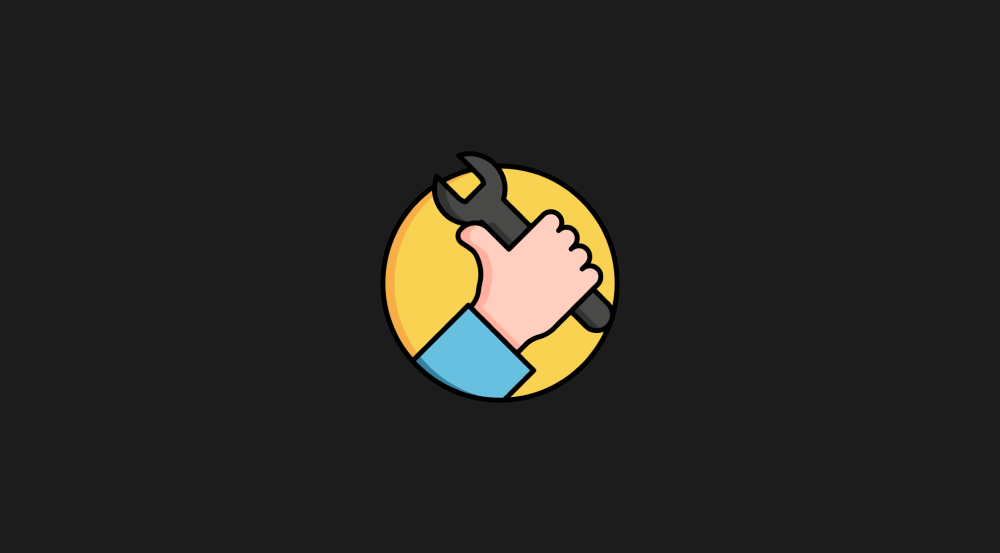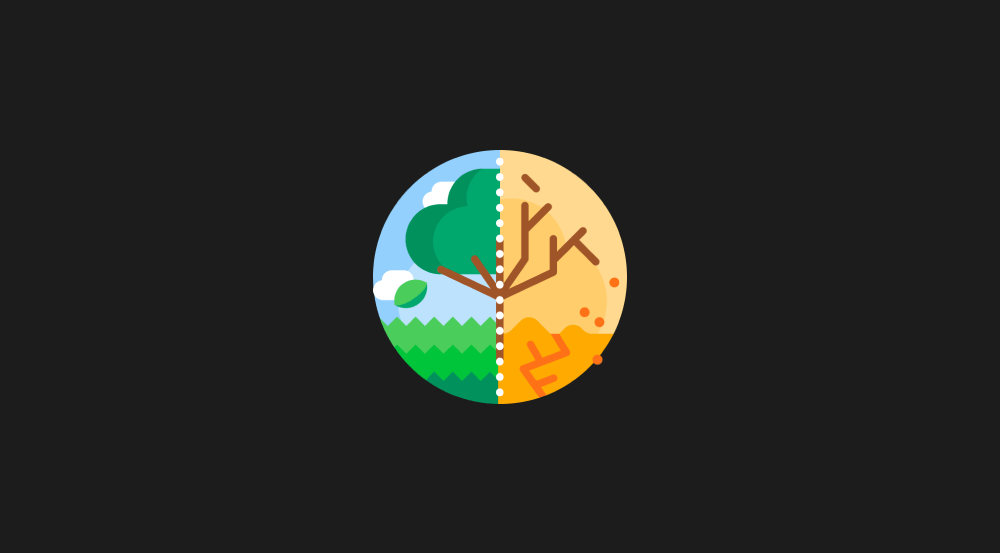How to develop story-driven illustrations using Nano Banana
Plus: How to create good Nano Banana images
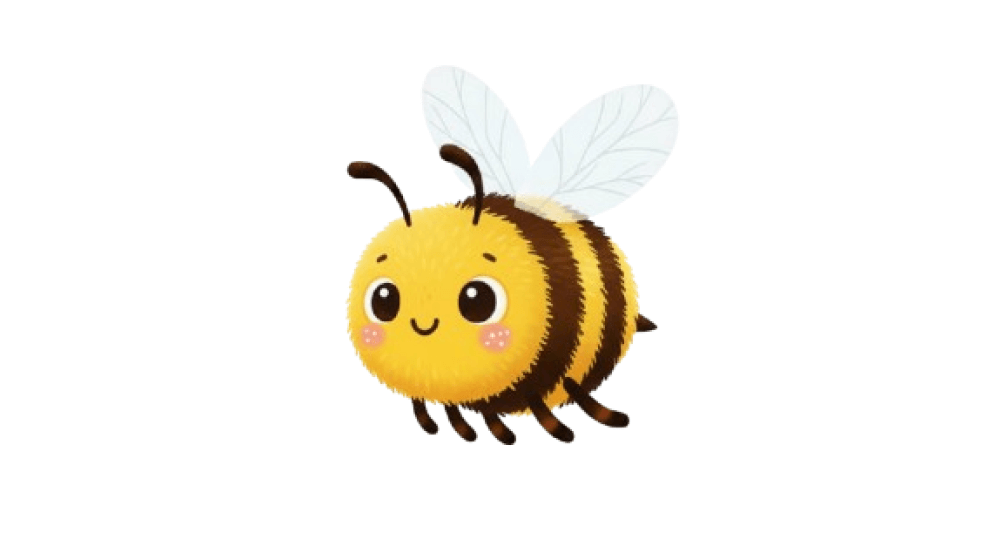
In the last chapter, we created a happy bee illustration.
I have finalized this illustration for the happy bee.
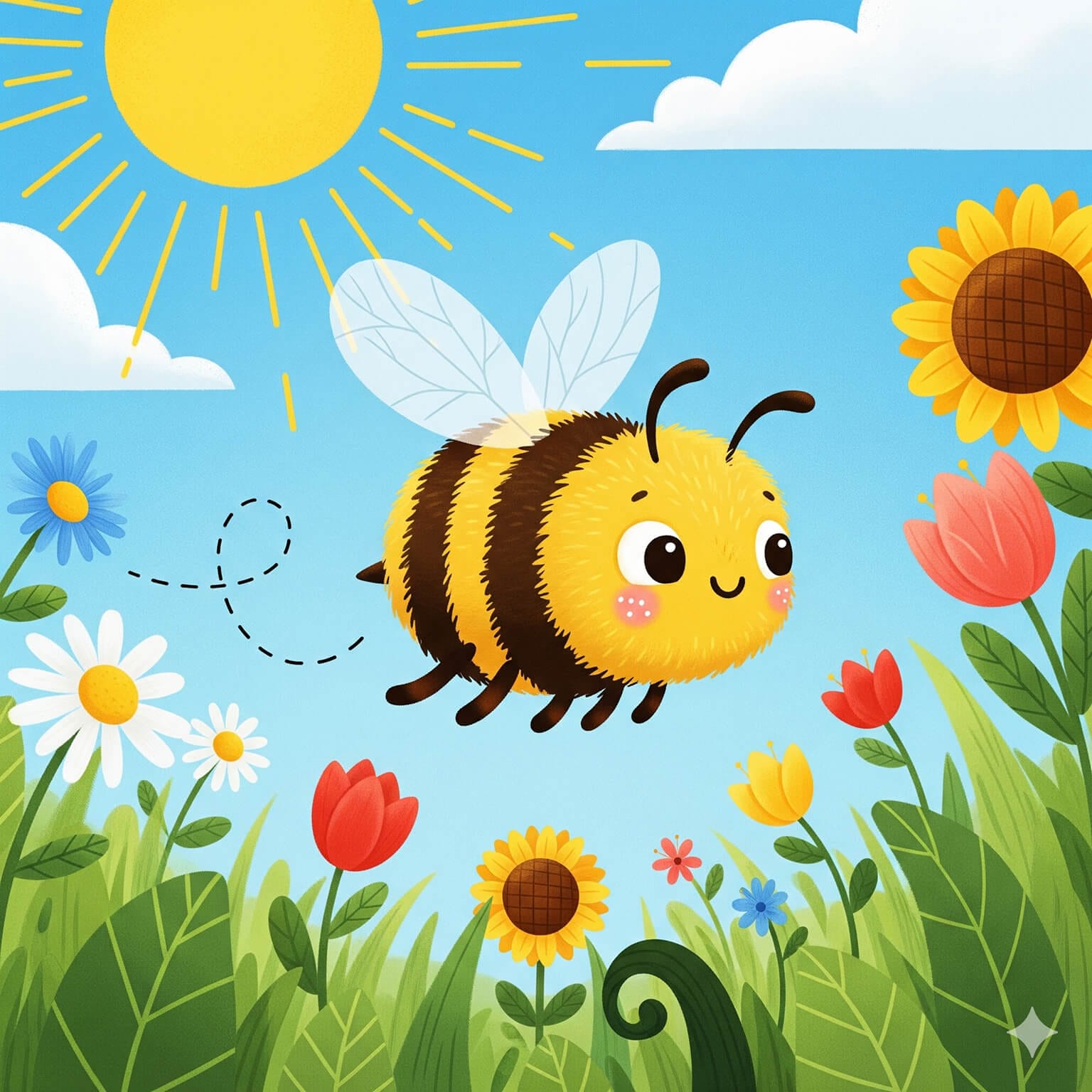
Now, by using this illustration as the base scene, we'll create a complete story by adding three additional scenes.
Story Template
If you observe, most stories have a similar template.
There is a happy person → Who faces a crisis → Turns into a sad person → Becomes determined to solve the situation → Happy ending
And this story template works great, especially with the kids.
Let's apply this template to our bee story.
So, building on our original bee's illustration, let's add some conflict.
Scene 1: The Crisis
Bees love flowers. So, to add conflict, we will make the flowers sick and dying.
Here is the follow-up prompt for achieving this transformation:
Here is the result from Nano Banana:
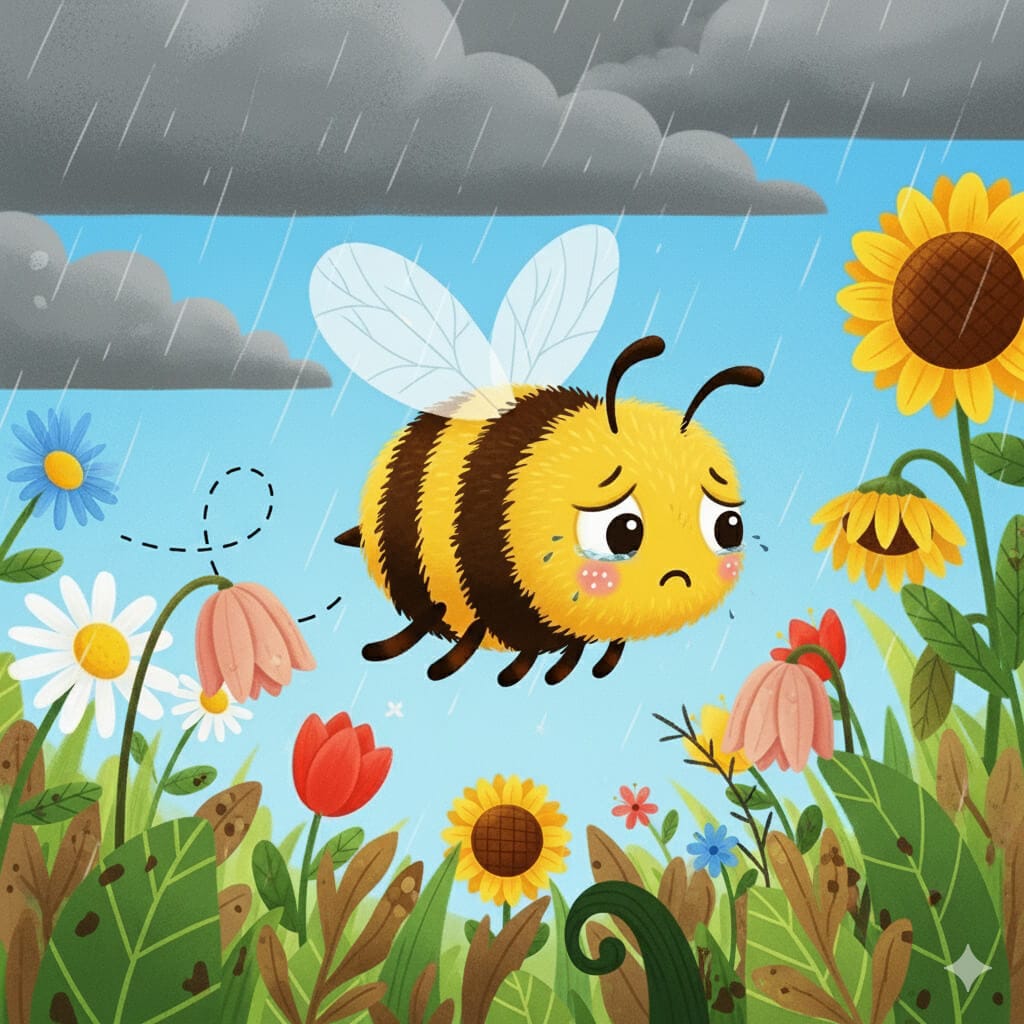
Nano Banana is genuinely remarkable. It portrayed the sad emotion really well.
But wait, we are not done yet!
Let's make the crisis worse to make the drama more interesting.
Scene 2: The Consequence
Now let's show the full impact:
Here is the result from Nano Banana:
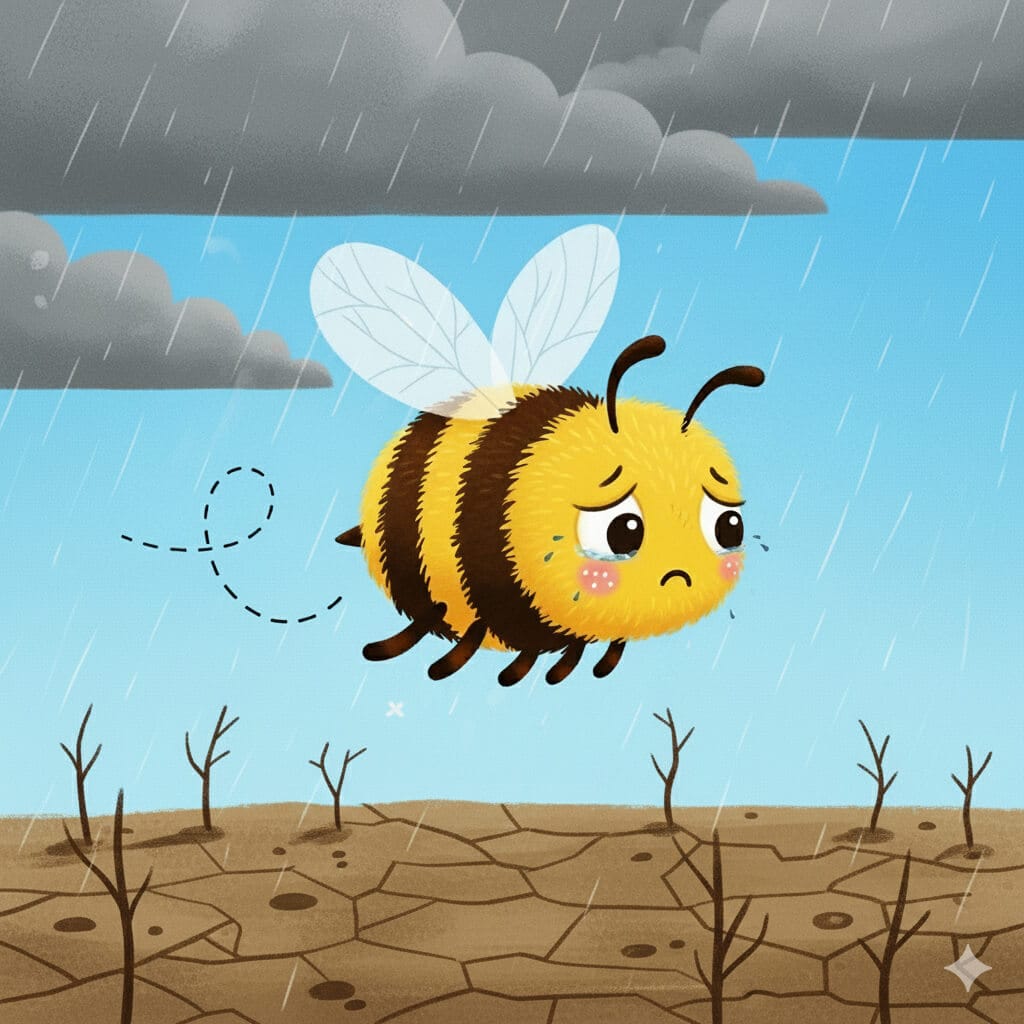
Scene 3: The Resolution
Finally, let's show hope and action:
Here is the result from Nano Banana:
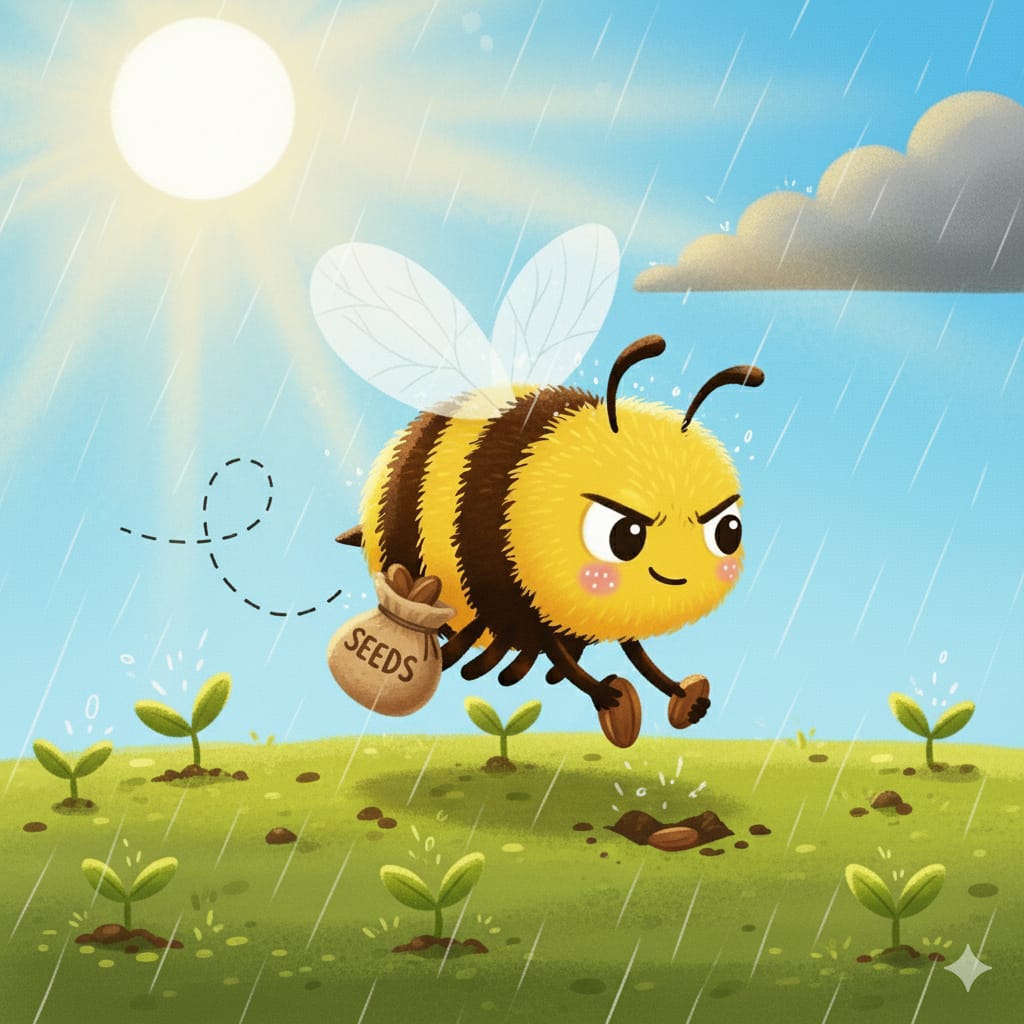
This sequence gives you a complete visual story. So, it is great for a children's book about nature and care.

And that's all.
We just turned one simple illustration into a complete story with three additional scenes.
Here's what we did:
- We took a happy bee illustration
- Added conflict by making the flowers sick
- Made it worse by showing an empty garden
- Ended with hope as the bee takes action
The thing is, this same process works for any character and any situation.
The template is always the same: happy → crisis → sad → determined → happy ending.
So here's what you need to do next:
Take your illustration from the previous lesson and create your own four-scene story.
Follow the same steps we just used, but make it your own story.
Remember to do this in the same chat so Nano Banana remembers your character design.
Don't overthink it.
Just focus on showing change in your character from the beginning to the end.
I will see you in the next lesson.


